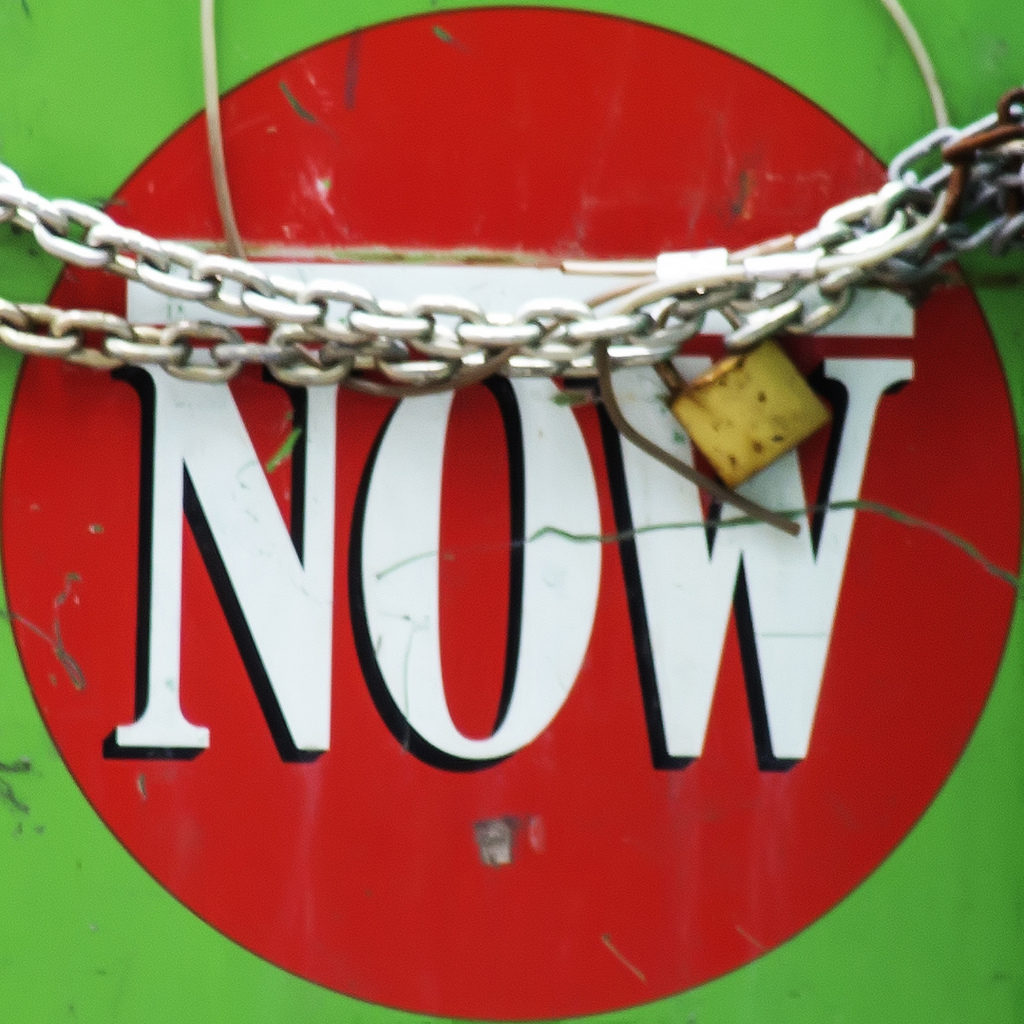Process has been “frustrating” says unit chair Jonathan Goldsbie.
By H.G. Watson, Associate Editor
Now Magazine is an anomaly these days—it’s one of just a few surviving Canadian alternative news weeklies. But a months-long labour dispute might have put its future in jeopardy, according to the union representing workers there.
On Aug. 10, Unifor 87-M announced that the company requested a no board report, which would put them in a legal lock out or strike position on Aug. 27, after months of collective bargaining negotiations. Jonathan Goldsbie, staff writer at Now Magazine and chair of their bargaining unit, told the Toronto Star that management at Now Magazine has not made clear what their long-term plans are. The National Post, which broke the story, also reported that memos between Now employees and Unifor 87-M said that management had threatened to shutdown the alt-weekly.
Goldsbie told J-Source that since the initial news broke, management and the union have agreed not to either lock out workers or take strike action until after their next sit-down with the mediator on Aug. 30. It will be the first time the two sides have met since July 19.
Why has a labour dispute devolved to the point where it threatens the alt-weekly’s very existence?
Breakdown in negotiations
Goldsbie told J-Source that he was worried when the union began negotiations in Dec. 2015. However, the first proposal presented by the company was “fairly reasonable,” and bargaining went on.
By April 22, Goldsbie said that he believed they had reached a tentative agreement. But management began to come back to the table with brand new major changes to the collective agreement. “Every time we would reach a compromise on something they would sort of take that as a new opening position and try to bargain down from there,” he said.
Alice Klein, the publisher of Now Magazine, told J-Source in an email that she would not be doing interviews. She also added that “it is NOW’s view, that Union president Jonathan Goldsbie’s version of management is highly inaccurate. Much of what has been reported so far in the media is also inaccurate. But we are not going to respond in the press as we will continue to focus all our efforts at finding a resolution to this impasse that works for the company, the union and our staff.”
A conciliator met with both parties in July at the request of the union, a mandatory step that must be taken before either party can take legal action, according to Blaine Donais, president of the Workplace Fairness Institute.
The union, according to Goldsbie, was ready to accept the settlement proposed by the conciliator but management rejected it. He said management also rejected the union’s proposal to go to binding arbitration.
Severance and Advertorial
Severance pay was initially an issue. Goldsbie said the union had wanted to increase the maximum amount of severance pay to 78 weeks from 52. Management proposed changing the formula so that rather than getting one week of severance pay for every five months served, they’d get two weeks of pay for every year served. But in December, both sides agreed to keep the severance formula as it was.
But the tide turned on negotiations. According to Goldsbie, management refused to budge on setting a clear policy on labelling advertorial in the paper, even after the union made concessions on the employees’ health care plan. So the union negotiators decided to ask for something their members may really need, particularly if the paper stopped publishing or if there were significant job losses. Now on the table was enhanced severance, which included one or two bonus weeks for every employee, regardless of how long they had worked at the company (Metroland GTA, also represented by Unifor 87-M, has a similar provision in its collective agreement).
First management wouldn’t entertain the increase, said Goldsbie. Then they came back to the table offering a maximum of 26 weeks’ severance pay, effectively slashing severance for half the bargaining unit.
It’s no surprise, then, that Goldsbie has repeatedly described the bargaining process as “frustrating,” both in his interview with J-Source and with other media outlets.
Disputes across Canada
It’s an unusual situation, but other workers at news media outlets have found themselves at odds with managers who want to make big changes. In Halifax, workers at the Chronicle Herald have just started their seventh month on the picket lines over a proposed collective agreement that the Halifax Typographical Union’s representatives said will cut wages, increase work hours and cut a third of newsroom positions. Communication Workers of America—Canada president Martin O’Hanlon described the measures as draconian. The Chronicle Herald has continued on with replacement workers while striking employees started their own media outlet, Local Xpress.
In Hamilton, CHCH, operated by Channel Zero, suddenly declared bankruptcy in mid-December 2015, laying off over 150 staff, who were also represented by Unifor, without severance (some staff were offered new contracts). Since, a labour code investigation has been launched to look into the circumstances of the bankruptcy.
Both are extreme examples, but they show how precarious a situation media workers can find themselves in, even with the protection of unions.
Goldsbie said issuing a strike notice is going to be a last resort for his union. For now, the employees are planning on heading back to the bargaining table.
H.G. Watson can be reached at hgwatson@j-source.ca or on Twitter.
H.G. Watson was J-Source's managing editor from 2015 to 2018. She is a journalist based in Toronto. You can learn more about her at hgwatson.com.

